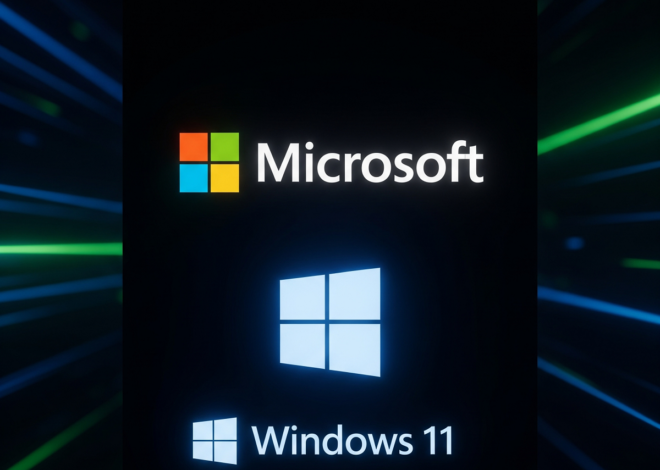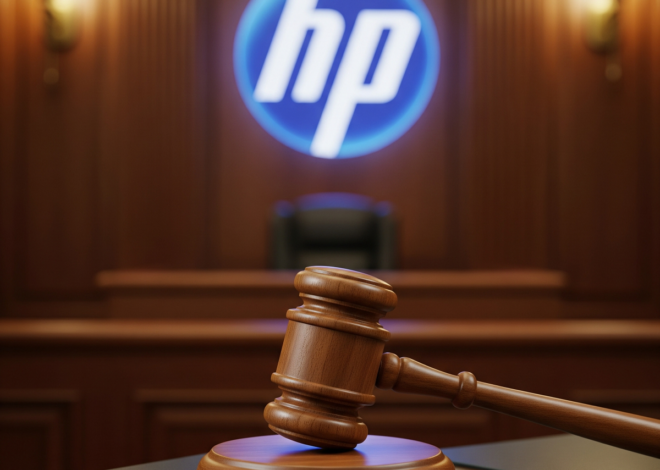
Fight for Transparency in Cryptocurrency Markets as Ripple vs SEC Battle Heats Up
- The SEC’s recent filing in the Ripple case dismisses Ripple’s use of the Binance ruling as irrelevant, intensifying the debate over regulatory clarity and enforcement.
- Ripple argues that the Binance decision highlights the need for tailored crypto regulations, while legal experts criticize the SEC’s response as evasive.
In the ongoing legal saga between Ripple and the U.S. Securities and Exchange Commission (SEC), recent filings have added new layers of complexity and controversy. The SEC’s latest response to Ripple’s arguments has stirred significant debate about regulatory clarity and the enforcement of penalties in the crypto industry.
SEC Challenges Ripple’s Use of Binance Ruling
The conflict between Ripple and the SEC has escalated with the SEC’s rebuttal to Ripple’s latest filing, which referenced a recent court decision involving Binance. Ripple used this ruling to argue against the penalties proposed by the SEC, suggesting that the case underscored the necessity for tailored crypto regulations. However, the SEC dismissed Ripple’s reliance on the Binance ruling as irrelevant, emphasizing that the contexts of the two cases are distinctly different.
The SEC criticized Ripple for allegedly using the Binance decision to justify reduced penalties, asserting that the ruling does not mitigate Ripple’s violations. The SEC further accused Ripple of acting with “reckless disregard for the law” and stated that the Binance case does not support Ripple’s claims.
Legal Experts Weigh In
Prominent crypto lawyer Bill Morgan noted the SEC’s apparent frustration with Ripple’s strategy, suggesting that the language in the SEC’s filing indicates its displeasure with the Binance decision being used against them. According to Morgan, the SEC tends to dismiss unfavorable decisions as lacking authority.
Moreover, the SEC highlighted that the court in the Binance case, similar to Ripple’s case, dismissed the fair notice defense. The SEC pointed out that the digital asset industry had been on notice since the 2017 DAO Report, which served as a significant warning about the regulatory landscape for digital assets. This undermines Ripple’s claim of a lack of fair notice regarding its regulatory obligations.
Ripple’s Push for Regulatory Clarity
Ripple’s filing aimed to leverage the court’s decision in the Binance lawsuit to advocate for clearer regulatory guidance. Ripple argued that the Binance ruling supports the need for more tailored regulations for digital assets, distinct from traditional securities laws. This argument aligns with Ripple’s broader strategy to push for regulations that better fit the unique nature of cryptocurrencies.
Jeremy Hogan, a partner at Hogan & Hogan, criticized the SEC’s response as evasive, arguing that the SEC failed to provide substantive reasons for disagreeing with Ripple’s interpretation of the Binance ruling. Instead, the SEC merely stated its disagreement without elaboration, a tactic Hogan described as frustratingly common in legal disputes.
Ripple’s reference to the Binance case aims to highlight inconsistencies in the SEC’s approach to digital asset regulation. By citing the court’s observation that cryptocurrencies do not fit neatly into existing securities frameworks, Ripple seeks to bolster its case for reduced penalties and clearer regulatory guidelines.
In summary,the ongoing Ripple vs. SEC lawsuit underscores the urgent need for clear and tailored regulations in the cryptocurrency industry. As both parties continue to battle over legal interpretations and enforcement actions, the broader crypto community remains watchful, hoping for a resolution that provides much-needed clarity and fairness in digital asset regulation.


